Making space for nature – to benefit water
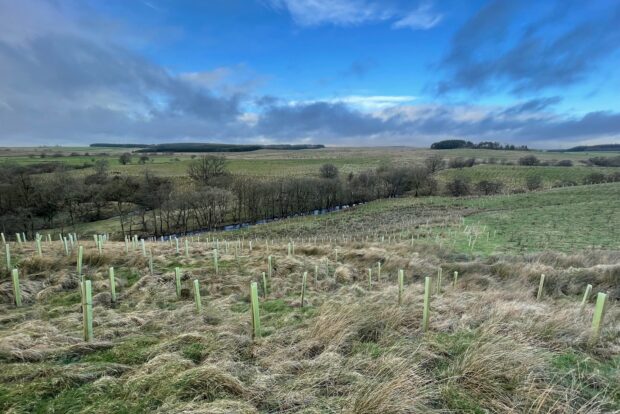
...fertilisers can help to avoid N and P loss due to rainfall, but inevitably large amounts of agricultural applications can, and still are, leaching into watercourses. In a nutshell, planting...

...fertilisers can help to avoid N and P loss due to rainfall, but inevitably large amounts of agricultural applications can, and still are, leaching into watercourses. In a nutshell, planting...

During National Tree Week in 2021 it was announced that the the Woods into Management Forestry Innovation Funds would distribute almost £700,000 to 17 projects restoring biodiversity in vulnerable natural...

...without landowners needing to develop new expertise and putting less time and money into an unfamiliar venture. A new £1 million Woods into Management Forestry Innovation Fund also opened in...
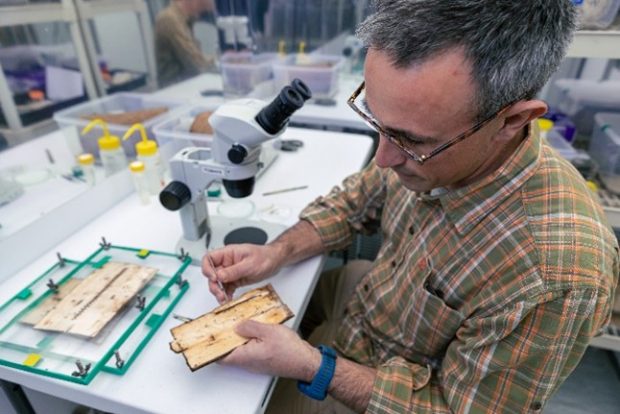
...status: not present Symptoms: larval tunnels on the surface of the potato tuber Epitrix potato flea beetles pose a serious threat to potato production in the UK. Potato tubers or...

...increasing stand diversity and structure in order to adapt to the threat from pests and diseases. Take a look at ‘Managing England’s woodlands in a climate emergency’ for more information....

...spread and/or introduction of tree pests, diseases, and invasive non-native species. It often surprises people how simple, inexpensive, and quick it can be to take these precautions, and what an...
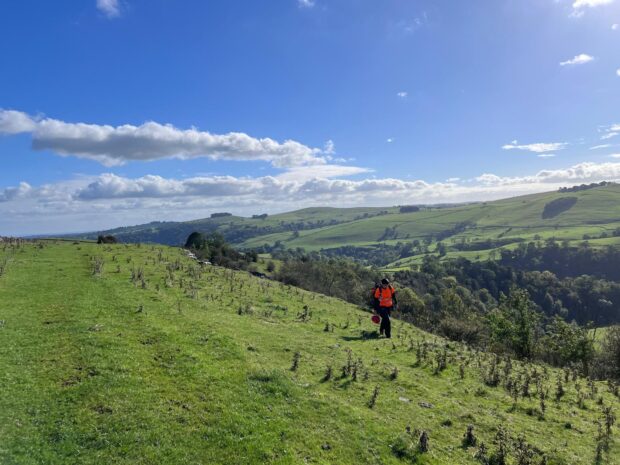
...on Instagram, Facebook and X. Read the Forestry Commission’s guidance on Managing ash dieback in England on GOV.UK. To get tailored expert advice, get in touch with your local Woodland...

...fungi which form an underrepresented group in conservation listings. If you are interested in boosting biodiversity in your woodland, read Forest Research’s guide on managing deadwood in forests and woodlands....
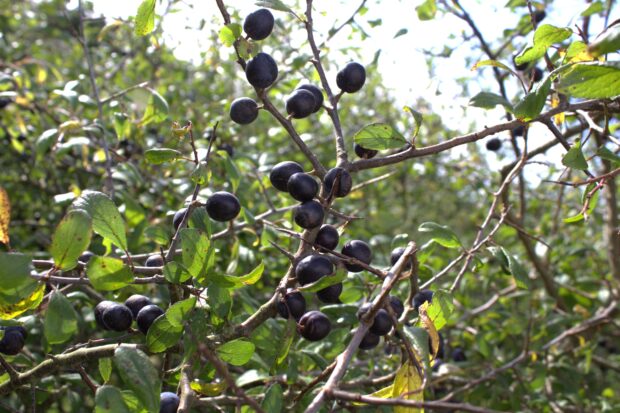
...tree and woodland cover to 16.5% of total land area by 2025,1 investment in seed infrastructure has become increasingly important. Forestry England has taken a leading role in this effort,...
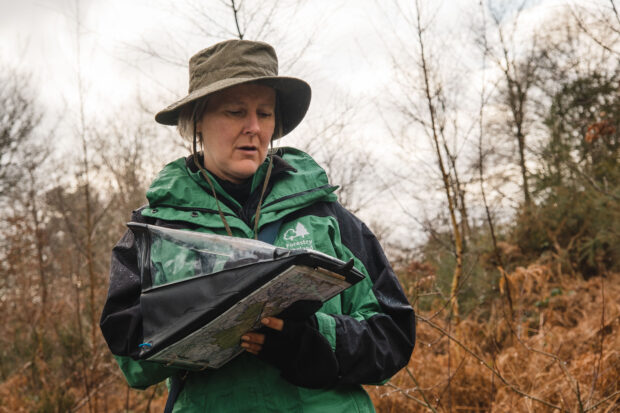
...Have you been thinking about a career change? Are you considering a career in forestry? If so, we’ve compiled 7 top tips to help you make that jump into your...